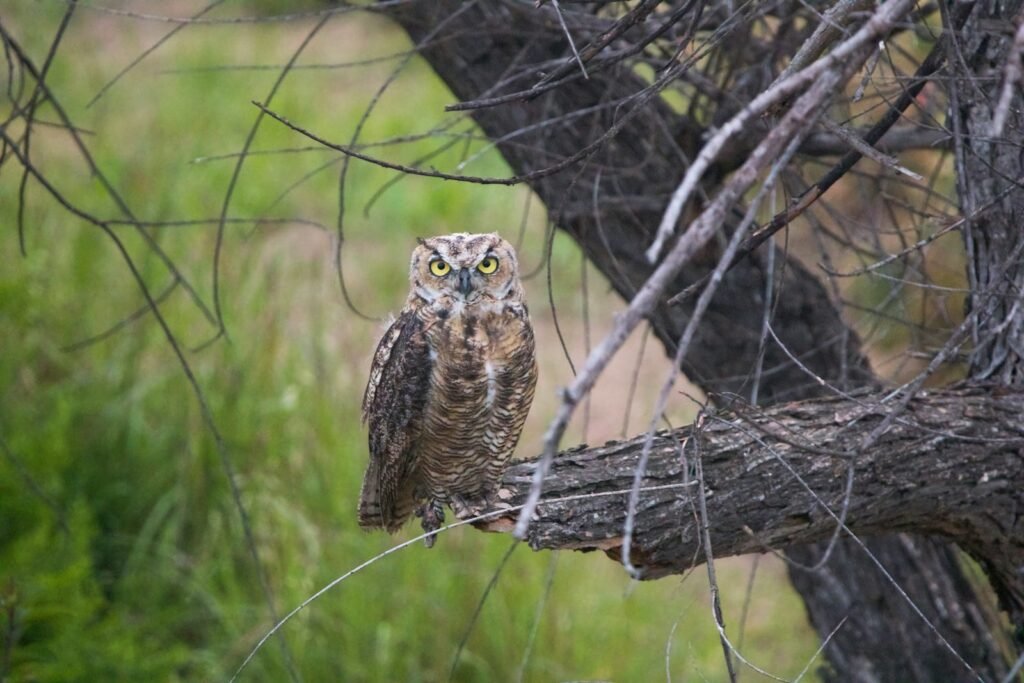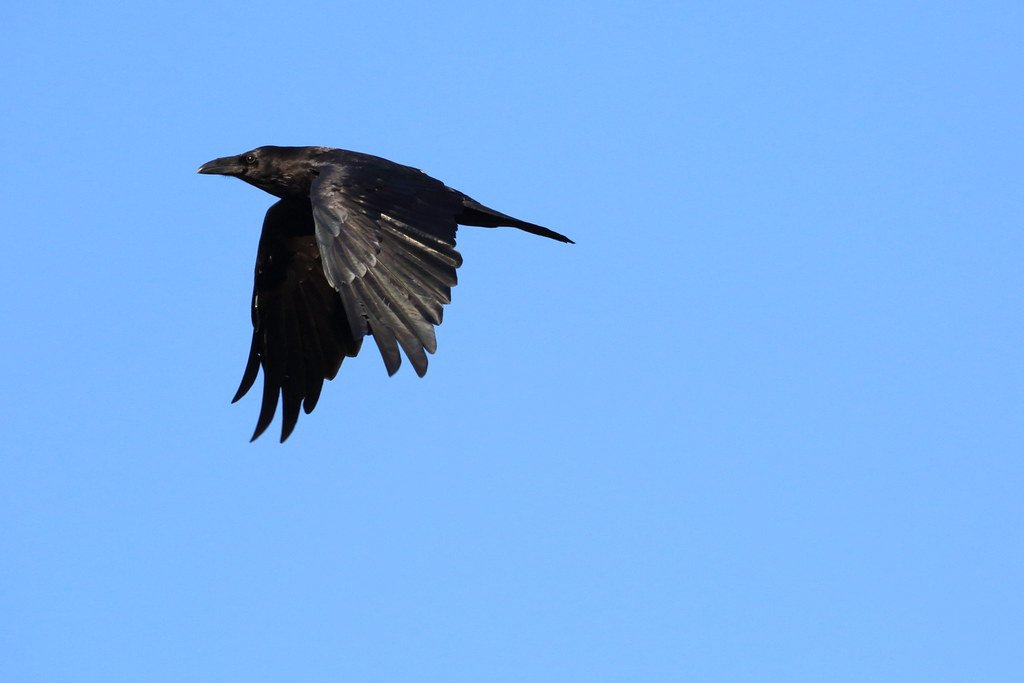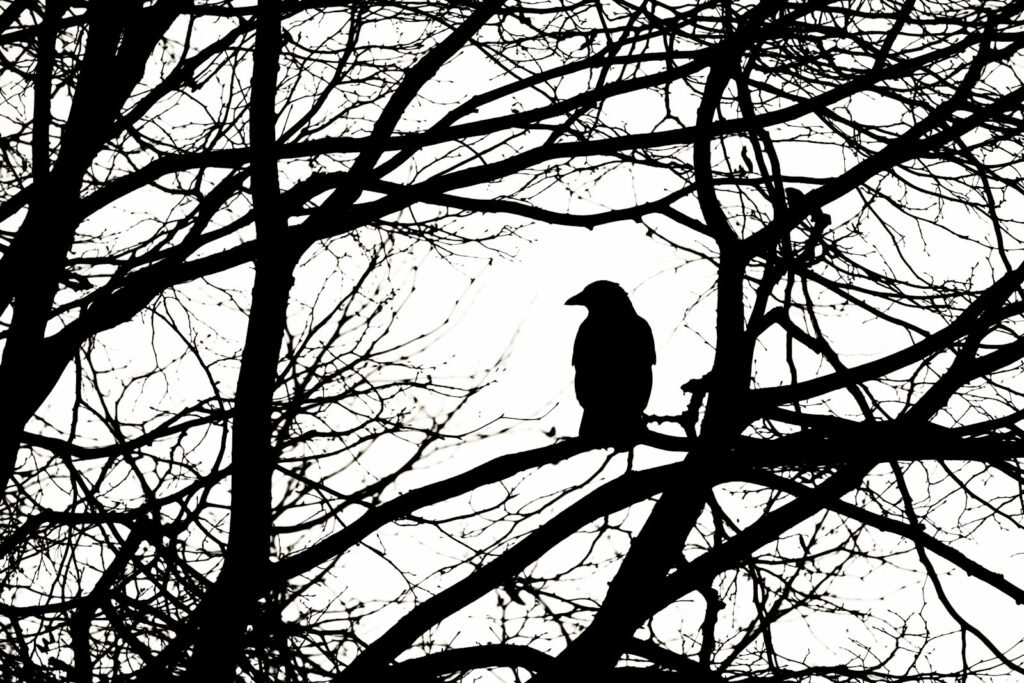Folklore and legends have long been woven into the tapestry of human culture, shaping how we perceive and interact with the natural world and particularly with animals. Across epochs and continents, these narratives have informed the way societies view creatures, turning them into symbols of wisdom, fear, and fascination. Through an exploration of various legends and folklore, we can uncover how these stories have influenced our understanding of the animal kingdom.
Animals as Symbols in Ancient Cultures

Ancient cultures often imbued animals with symbolic meanings, using them as vessels for understanding the world. In Egyptian mythology, the cat was revered and associated with the goddess Bastet, symbolizing protection and fertility. By examining these early connections, we can trace the evolution of animals as complex symbols in human culture.
Magic and Myth: The Role of Animals in Folklore

Folklore frequently portrays animals as magical beings, capable of extraordinary feats. European tales of werewolves and selkies depict animals as shape-shifters, highlighting human fascination with the blurred lines between species. These stories often encode moral lessons and reflect societal values, demonstrating the richness of human imagination.
Guardians of Secrets and Knowledge

Many cultures regard animals as keepers of secret knowledge. For instance, the owl is often seen as a symbol of wisdom; in Greek mythology, it is associated with Athena, the goddess of wisdom. By exploring these narratives, we learn how animals serve as conduits for human understanding and wisdom in various traditions.
The Dark Side of Folklore: Animals as Omens

Not all folklore casts animals in a positive light. Ravens, for instance, are often associated with ominous portents and death in many cultures. By examining these narratives, we can explore the darker aspects of human psychology and how fear shapes our perceptions of certain animals.
Native American Totems: Spiritual Connections

In Native American folklore, totem animals are believed to embody the spirit of individuals or clans. These animals offer guidance and protection, reflecting deep spiritual links with nature. By understanding these traditions, we appreciate the ways in which spiritual beliefs are intertwined with animal symbolism.
Animals as Tricksters

Across various cultures, animals are often depicted as tricksters—cunning and clever characters who outwit others. The fox, in particular, is a recurring figure in such tales, embodying intelligence and adaptability. These narratives highlight human admiration for wit and strategy, drawing parallels to our cognitive abilities.
Cultural Influence on Modern Perceptions

Many of our contemporary perceptions of animals are deeply rooted in ancient folklore. For instance, the loyalty of dogs is celebrated in countless tales, reinforcing their role as ‘man’s best friend.’ This historical influence continues to shape how we choose pets today, underlining enduring cultural narratives.
Creatures of National Identity

Some animals have come to represent entire nations, such as the bald eagle in the United States. These creatures, often featured in folklore, embody the qualities that nations aspire to, such as strength, freedom, or resilience, thus becoming integral parts of national identity and pride.
Mythological Transformations: Humans to Animals

Legends frequently explore themes of transformation, with humans turning into animals as a form of punishment or escape. These stories echo deep-seated human desires and fears about identity and freedom, illustrating the complex relationships between humans and animals in folklore.
Environmental Moral Tales

Folklore often serves to promote environmental stewardship. Stories that highlight the consequences of harming animals remind us of the interconnectedness of life. By preserving these narratives, cultures emphasize the importance of living in harmony with nature.
Conclusion

Folklore and legends have profoundly shaped how we perceive and interact with animals. These narratives not only reflect cultural values and fears but also offer insights into human identity and our symbiotic relationship with the animal kingdom. By delving into these stories, we gain a greater appreciation of the intricate tapestries of symbolism and meaning that influence our perceptions and foster a deeper understanding of the natural world around us.




